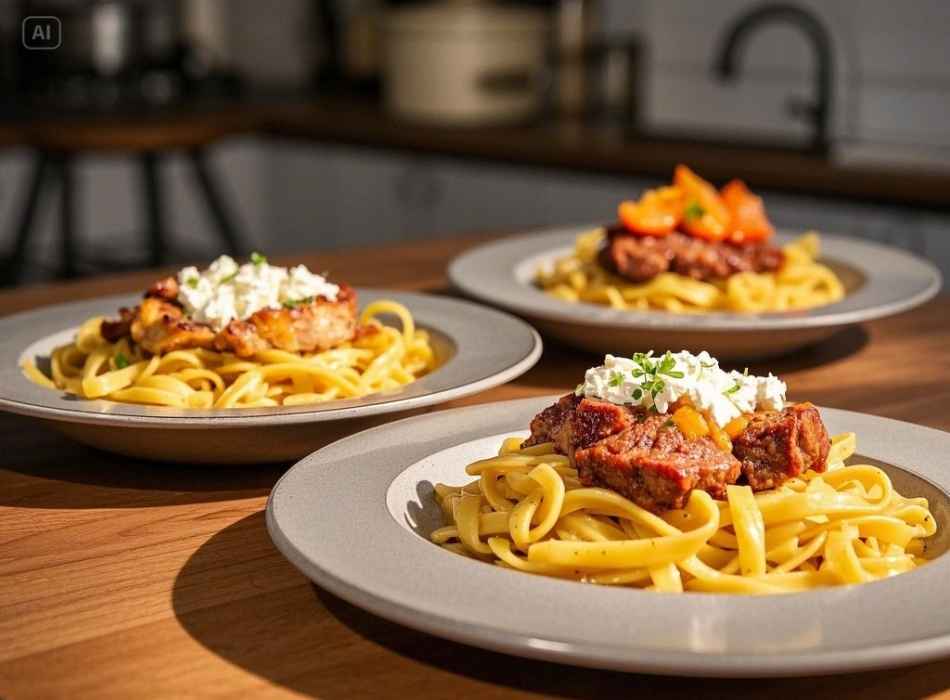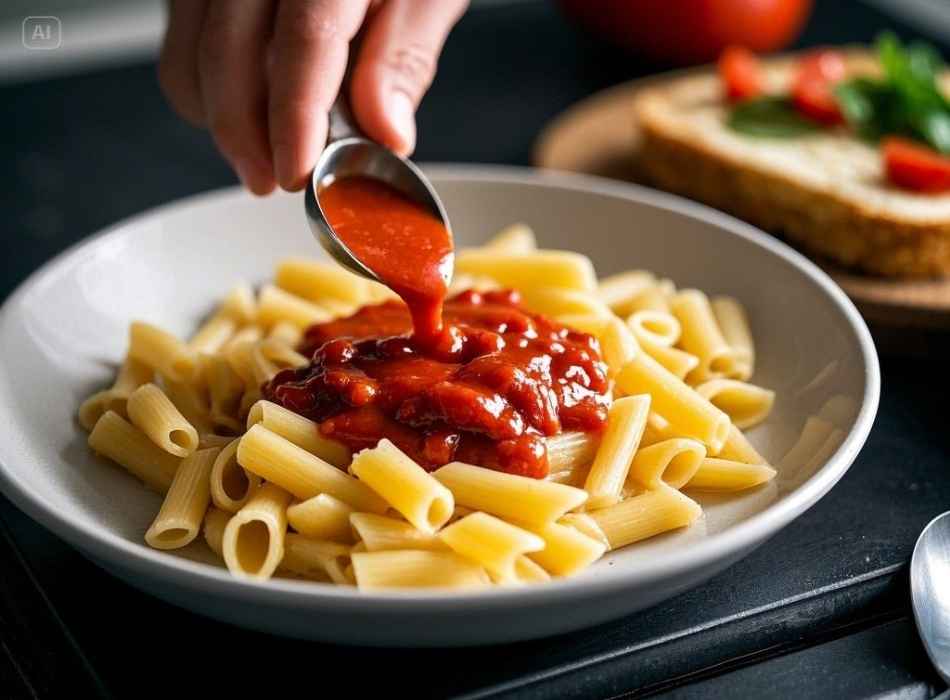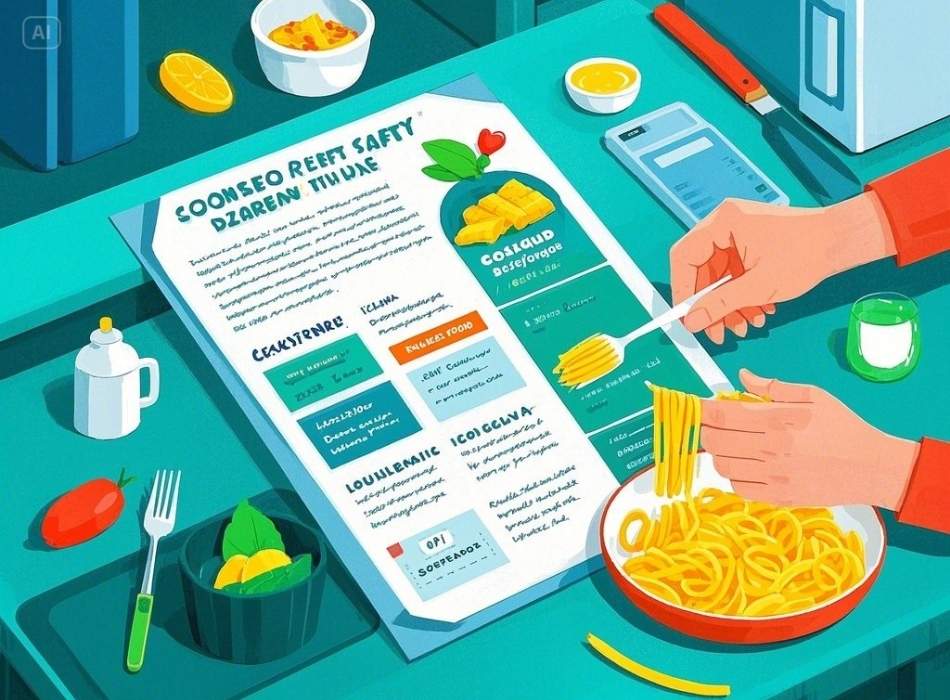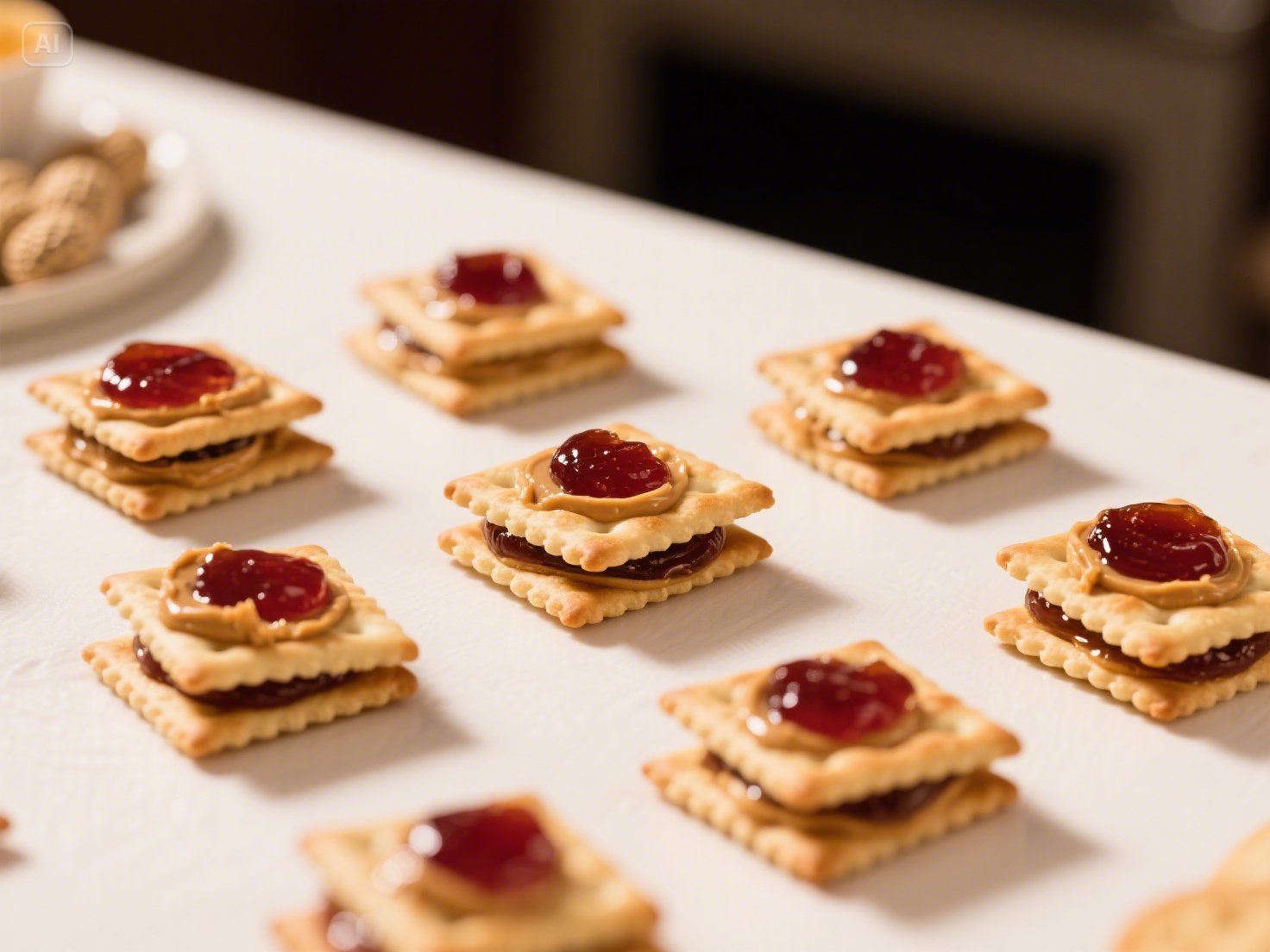Have you ever cooked up too much pasta and wondered how long those leftovers will stay safe and tasty in the fridge? Whether you’re a seasoned chef or a meal prep enthusiast, knowing how to store cooked pasta properly is essential. Incorrect storage can lead to food waste or, even worse, foodborne illness.
This guide will help you understand how long you can safely store cooked pasta in the fridge, tips for proper storage, and signs it’s time to toss your leftovers. By the end, you’ll have all the tools you need to enjoy your spaghetti, penne, or fettuccine—not just on the first night but throughout the week.
The Shelf Life of Cooked Pasta in the Fridge
Most cooked pasta can last in the fridge for 3–5 days when stored properly in an airtight container. However, this can vary depending on the type of pasta, storage conditions, and even whether it’s been mixed with sauce.
Factors that Affect Shelf Life
- Type of Pasta: Plain cooked pasta (pasta without sauce) typically lasts a bit longer than pasta that’s been combined with oily or creamy sauces. Tomato-based sauces, for example, tend to hold up better than cream-based ones.
- Storage Conditions: Temperature plays a critical role. Leftovers should be refrigerated within two hours of cooking to prevent bacteria growth.

- Additives Like Meat or Dairy: If your pasta dish contains proteins like chicken, beef, or cheese, their shelf life often determines how long the dish is safe to eat. These ingredients typically limit refrigerated storage to around 3 days.
- Pasta Type: While you can store any leftover pasta in the fridge, some types hold up better than others. Thick, sturdy noodles like penne and rigatoni tend to stay firmer during storage, while thin or delicate noodles like angel hair may become mushy.
- Storage Containers: Proper storage containers are key for keeping leftovers fresh. Airtight glass or plastic containers with lids work well for storing pasta dishes in the refrigerator. Avoid using aluminum foil as a cover, as it can react with acidic sauces and affect the flavor of your dish.
- Reheating Pasta Dishes: To reheat leftover pasta dishes, remove them from the refrigerator and let them sit at room temperature for about 10 minutes before microwaving. This allows the dish to come closer to room temperature, which helps it heat evenly in the microwave. To prevent drying out, add a splash of water or sauce before reheating in the microwave. Alternatively, you can reheat pasta dishes in a pan on the stove over medium heat, adding a little bit of water or sauce to help keep it moist. Stir occasionally until heated through.
- Freezing Pasta Dishes: Pasta dishes can also be frozen for longer storage. Cooked pasta will be kept in the freezer for up to three months if stored properly. Allow your dish to cool completely before transferring it to a freezer-safe container or zip-top bag. Make sure to label the container with the name and date of preparation. When ready to eat, thaw in the refrigerator overnight before reheating using one of the methods mentioned above.
Additional Tips:

- Make extra sauce: Making a little extra sauce when cooking pasta is always a good idea. It can be used for future meals, such as adding it to soups or stews or as a topping for other dishes.
- Add protein: To make your pasta dish more filling and nutritious, try adding protein such as cooked chicken, shrimp, or beans.
- Experiment with different types of pasta: While spaghetti may be the go-to for many people, there are countless types of pasta to choose from. Try different shapes and sizes to add variety to your meals.
- Use fresh herbs: Adding fresh herbs such as basil, parsley, or oregano can elevate the flavor of your pasta dish. Chop them up and sprinkle them on top before serving.
- Don’t be afraid to mix sauces: Don’t limit yourself to just one type of sauce. Get creative and mix different types of sauces to create unique flavors.
- Add vegetables: Adding vegetables not only adds nutritional value but also adds texture and color to your dish. Some great options include bell peppers, zucchini, mushrooms, or spinach.
A Quick Chart for Reference
Type of Pasta
Shelf Life in the Fridge
Plain cooked pasta 4–5 days
Pasta with tomato-based sauce 3–4 days
Pasta with cream-based sauce 2–3 days
Pasta with meat or seafood 2–3 days
Always err on the side of caution; if you’re unsure whether leftovers are safe to eat, it’s better to discard them than to risk food poisoning.
How to Properly Store Cooked Pasta

Proper storage doesn’t just extend shelf life; it also preserves texture and flavor. Follow these simple steps to keep your cooked pasta in its best condition.
Step 1: Cool it Down Quickly
Allow the pasta to cool for about 30 minutes before storing it in the fridge, but don’t leave it out longer than two hours. Keeping it in the temperature “danger zone” (40°F to 140°F) for too long can encourage harmful bacteria growth.
Step 2: Use Airtight Containers
Store your pasta in airtight containers to prevent it from drying out in the fridge or absorbing unwanted odors. If you’re storing pasta with sauce, opt for wide, shallow containers to speed up cooling.
Step 3: Divide into Portions
Instead of storing a large batch of pasta, divide it into individual meal-sized portions. This not only makes reheating easier but also minimizes the risk of contamination from repeatedly opening the container.
Step 4: Label Your Containers
Label your containers with the date you stored them. This will help you keep track of how long the pasta has been refrigerated and avoid eating past its safe window. Some people also like to label their containers with the type of pasta and any additional ingredients, such as sauce or meat. This can be helpful when deciding which container to use for a specific meal.
Step 5: Reheat Properly
When reheating your refrigerated pasta, it is important to follow proper food safety guidelines. The safest way to reheat pasta is by heating it in a saucepan on the stovetop until it reaches an internal temperature of 165°F. You can also reheat it in the microwave, but make sure to stir the pasta and check for hot spots before consuming. Avoid leaving reheated pasta at room temperature for more than two hours.
Additional Tips for Reheating Pasta

- To prevent your pasta from drying out, add a splash of water or broth while reheating.
- If using the microwave, cover the pasta to retain moisture and prevent splattering.
- Do not reheat pasta multiple times, as it can increase the risk of foodborne illness.
- Consider adding extra sauce or toppings when reheating to give your dish a fresh flavor.
By following these tips, you can safely and deliciously enjoy your leftover pasta without worrying about any potential health risks.
Can You Freeze Cooked Pasta?
If you don’t plan to eat your pasta within 3–5 days, freezing is an excellent option to extend its shelf life. Cooked pasta can last in the freezer for up to 2 months if stored correctly.
Freezing Tips:
- Toss the pasta with a small amount of olive oil or butter before freezing to prevent clumping.
- Store in freezer-safe bags or containers, removing as much air as possible.
- Thaw in the fridge overnight or use the microwave for quicker results.
Freezing pasta with sauce? Keep in mind that some sauces (like cream-based ones) may separate or change in texture once defrosted. Tomato-based sauces freeze much better.
How to Tell If Your Cooked Pasta Has Gone Bad
No one wants to risk eating spoiled food, but how can you tell if your cooked pasta is no longer safe to eat? Here are some warning signs to watch for:
- Unpleasant Odor: If your pasta smells sour, rancid, or “off,” it’s likely spoiled.
- Discoloration: Look for any unusual discoloration, such as white, green, or gray spots, which may indicate mold growth.
- Slimy Texture: A slimy or sticky texture is a red flag that bacteria have started to grow on your pasta.
- Tastes Strange: If it tastes odd or sour (and you’re certain it’s not the sauce), it’s time to toss it.
- Expired Date: Always check the expiration date on your pasta packaging and discard it if it has passed.
When in doubt, don’t eat it. The risks of foodborne illness far outweigh the cost of wasting a portion of pasta.
Creative Ways to Use Leftover Pasta
I’m not sure if you’ll finish your leftovers before they go bad. Repurpose them! Here are a few fun and delicious ideas for using cooked pasta before it spoils.
- Pasta Bake: Layered with sauce, vegetables, and cheese, this dish gives new life to plain or boring pasta.
- Pasta Salad: Combine cooked pasta with fresh veggies, olives, and a tangy vinaigrette for a quick, refreshing lunch.
- Stir Fry: Toss your pasta into a hot wok with some garlic, soy sauce, and your favorite stir-fried veggies for a simple side dish.
- Frittata: Fold your pasta into an egg mixture, then bake for a unique and filling breakfast option.
- Pasta Soup: Add cooked pasta to a hearty soup for an easy and comforting meal.
- Pasta Frittata: Create a crispy, savory dish by pan-frying leftover pasta with eggs and cheese.
- Pasta Casserole: Layer cooked pasta with your favorite sauce, veggies, and cheese for a satisfying dinner the whole family will love.
A Final Word on Storing Cooked Pasta
Cooked pasta can be a meal-prepping superstar or a disaster waiting to happen if not stored properly. The good news is that by following these simple guidelines, you can safely extend its shelf life while continuing to enjoy delicious and convenient meals.
Remember, most cooked pasta will last 3–5 days in the fridge when stored correctly. Always pay attention to signs of spoilage and aim to freeze portions you don’t plan to eat right away.
For more handy kitchen tips and food safety guidance, be sure to bookmark this blog and share it with fellow home cooks and meal preppers. Make the most of those leftovers, one flavorful dish at a time!










